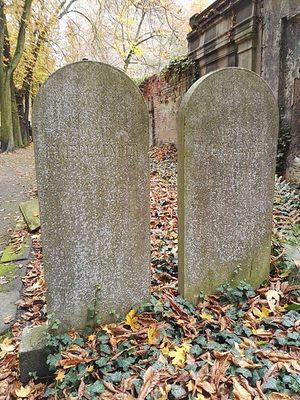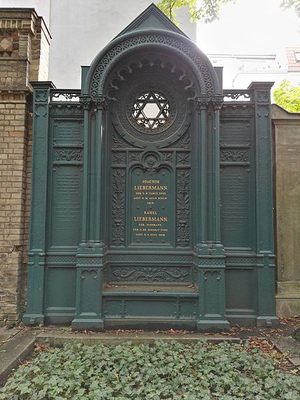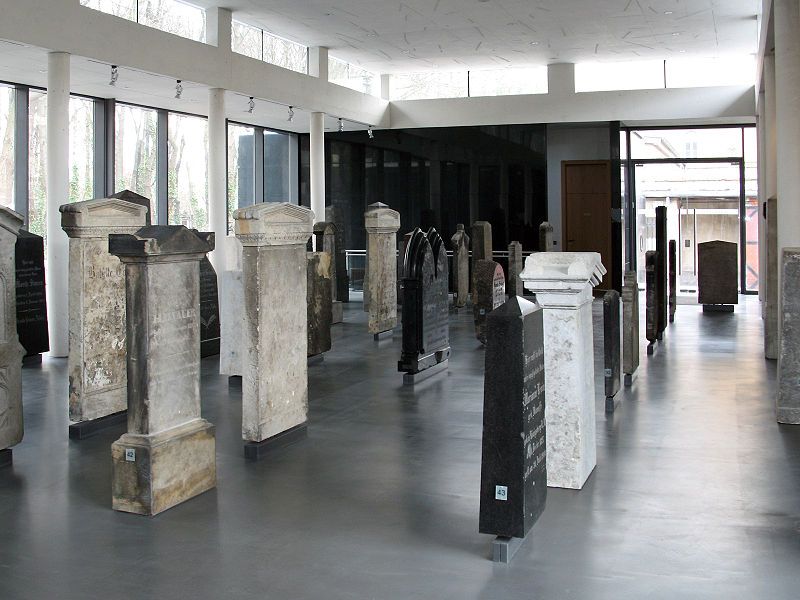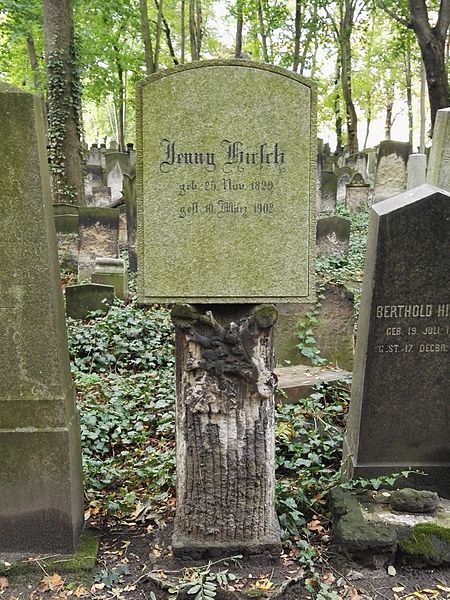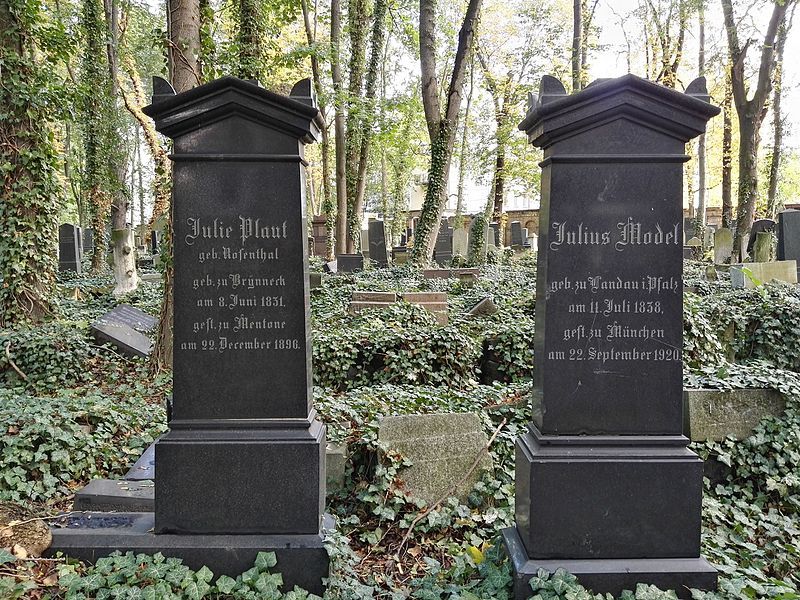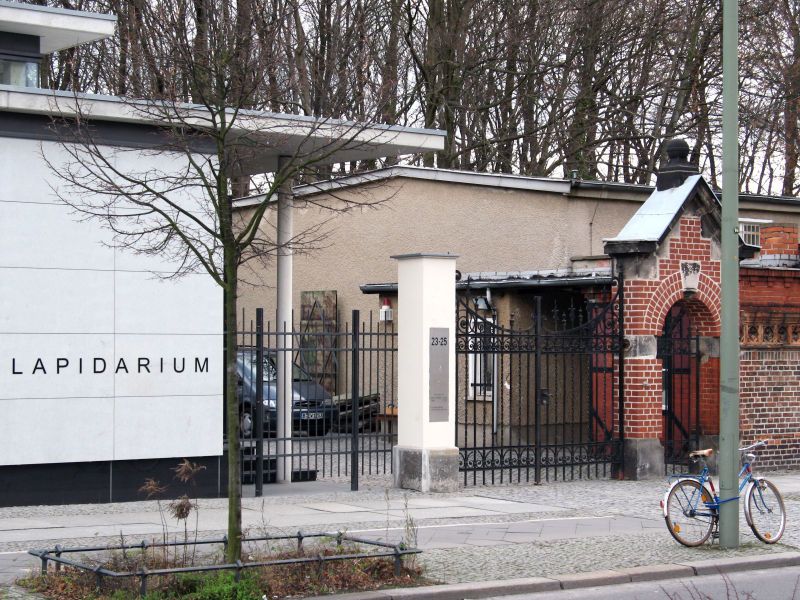About
In the years before it served as a Jewish burial ground, the land where the Schönhauser Allee Cemetery now stands was home to a brewery and dairy farm. Many of the brewery’s architectural elements, such as cisterns, can still be seen in the cemetery today. It was alleged that in one of these cisterns a handful of deserters from the German Army hid to evade capture as World War II drew to a close.
Ultimately, these men were discovered by the gestapo and hanged from the trees of the cemetery for their desertion. Today, a plaque installed over one of the cisterns commemorates these defectors and recounts their haunting tale, reading, “They wanted no more killing, and that meant their death.”
The Schönhauser Allee Cemetery was founded in 1827 and serviced the Jewish community of Berlin for a half-century. In addition to this gruesome account, the cemetery is the focal point of several other local legends, the most popular of which is that a special entrance to the cemetery was created at the behest of King Friedrich Wilhelm III.
This change ensured that the king of Prussia did not have to pass sorrowful mourners carrying their dead to the cemetery while he was en route from his city castle to Niederschöhausen Palace. This alternate alley entrance, the so-called Totenpfad (“Path of the Dead”), or Judengang (“Path of the Jews”), was created the same year as the cemetery’s founding and can still be visited to this day.
The Schönhauser Allee Cemetery emerged from WWII largely unscathed, but the memorial hall that once existed at the main entrance to the cemetery was destroyed. Tombstones that were damaged or displaced, either from the war or over the course of time, can now be seen in the lapidarium at the cemetery’s entrance.
Related Tags
Know Before You Go
The Schönhauser Allee Cemetery is open from Monday through Thursday from 8 a.m. to 4 p.m. and Friday from 7:30 a.m. to 1 p.m. The cemetery is closed on weekends and holidays.
Community Contributors
Added By
Published
May 6, 2020



